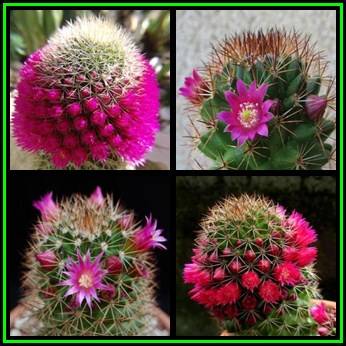
Mammillaria backebergiana Seeds - Verified Seller - Exotic Succulent Cactus - NEW
Check my rate
| Main centres: | 1-3 business days |
| Regional areas: | 3-4 business days |
| Remote areas: | 3-5 business days |

| Main centres: | 1-3 business days |
| Regional areas: | 3-4 business days |
| Remote areas: | 3-5 business days |
Mammillaria is arguably the most popular cactus genus in cultivation. Mammillarias have extremely variable spination from species to species, and eye-catching flowers, making them specifically attractive for cactus hobbyists. Most Mammillaria plants are considered easy to cultivate. The genus Mammillaria is one of the largest in the Cactaceae family, with currently over 200 known species and varieties recognized. Mammillarias are native to Mexico, southwest USA, the Caribbean, Colombia, Venezuela, Guatemala and Honduras. The first was described by Carolus Linnaeus as Cactus mammillaris in 1753, deriving its name from Latin mammilla, "nipple", referring to the tubercles that are one of the plant's specific features.
Mammillaria backebergiana was first description by Buchenau in 1966. The plants are usually solitary, cylindrical, to 30cm high and 5 - 6cm in diameter. When the plant is damaged it exudes a latex-like sap. The flowers are freely produced in several rings. They are purplish red, 18 - 20mm long, 10 - 13mm in diameter and have green stigmas. These are followed by fruit that are dull green above, whitish below and tinting purplish red in maturity. Mammillaria backebergiana is cold hardy to -2°C. Mammillaria backebergiana can be found growing naturally in Guerrero, Michoacan and Mexico at altitudes of 1400 - 1600 meters.
|